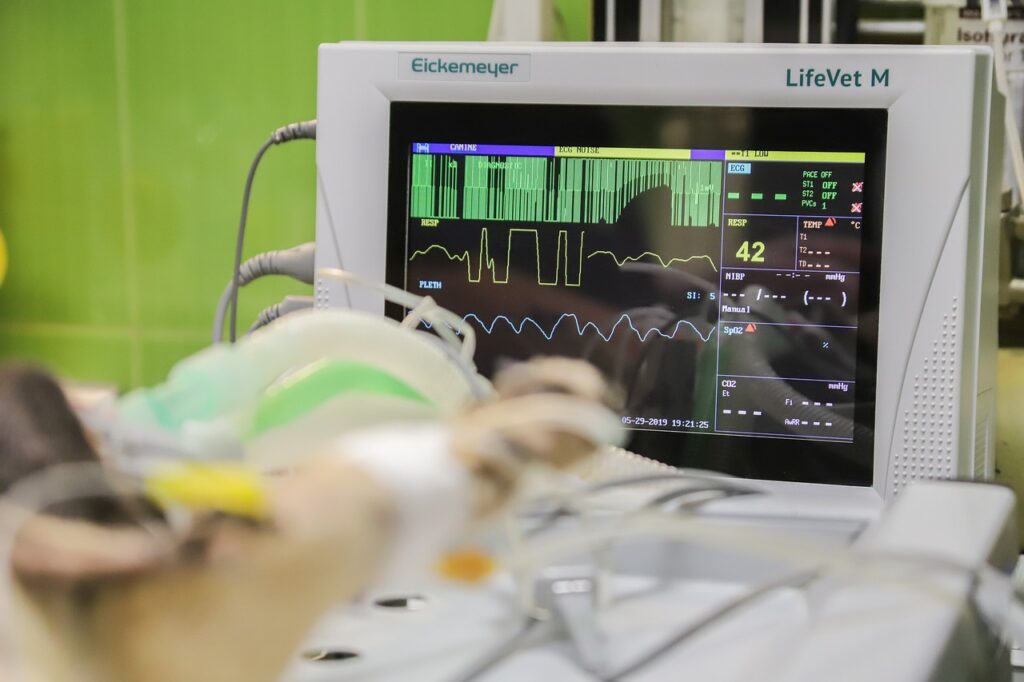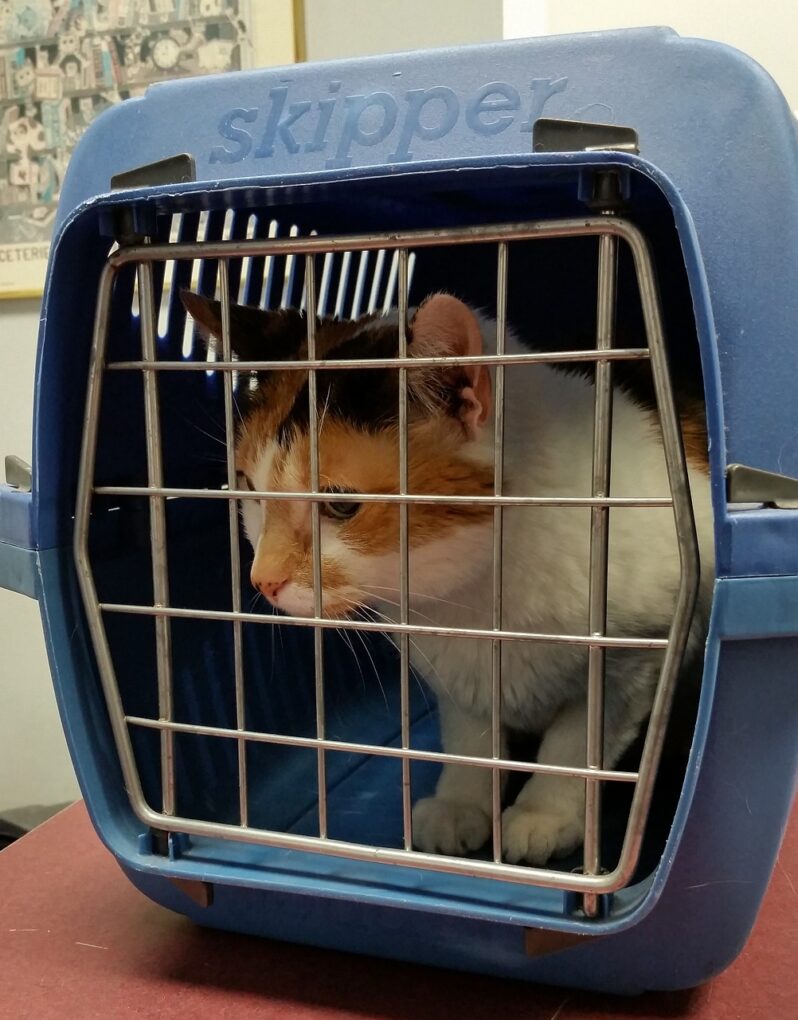
Cancer is a devastating disease that can affect not only humans but also our feline friends. Cancer in cats is a type of abnormal cell growth that can occur in various parts of their bodies. It can be challenging to detect cancer in cats as they are experts at hiding signs of illness, and symptoms may not be apparent until the cancer has progressed. However, early detection is crucial for the successful treatment of cancer in cats. In this article, we will discuss the types, diagnosis, treatment, and prevention of cancer in cats, as well as how to cope with a cancer diagnosis in your feline friend. We hope to provide cat owners with valuable information and resources to help them detect and manage cancer in their beloved pets.
Cancer can affect various parts of a cat’s body and can be broadly classified into two categories: malignant and benign tumors. Malignant tumors are more aggressive and can spread to other parts of the body, while benign tumors are usually localized and do not spread.
Common types of cancer in cats
Common types of cancer in cats include lymphoma, mammary gland tumors, oral tumors, skin tumors, and bone tumors. Lymphoma is the most common type of cancer in cats, accounting for approximately 30% of all feline cancers. It is a cancer of the lymphatic system and can occur in various organs, such as the intestines, liver, and spleen.
– Mammary gland tumors are also prevalent in cats, particularly in unspayed females. These tumors can be benign or malignant and are most commonly found in the mammary glands of the cat’s belly.
– Oral tumors, such as squamous cell carcinoma, are relatively common in cats and can affect the gums, tongue, or roof of the mouth. These tumors can cause difficulty eating or drinking and can be painful.
– Skin tumors, such as mast cell tumors, are another type of cancer that can affect cats. These tumors can appear as lumps on the skin and can be itchy or painful.
– Bone tumors, such as osteosarcoma, are rare in cats but can occur in the limbs, spine, or skull. These tumors can cause lameness or difficulty moving and can be painful.
Symptoms and signs of each type of cancer vary depending on the location and severity of the tumor. In general, signs of cancer in cats can include weight loss, loss of appetite, lethargy, vomiting, diarrhea, difficulty breathing, and changes in behavior. It is essential to seek veterinary care if your cat exhibits any of these symptoms to determine the underlying cause and provide appropriate treatment.

Diagnosis of Cancer in Cats
If you suspect that your cat has cancer, it is essential to seek veterinary care promptly. Your veterinarian will perform a thorough physical examination of your cat and ask about their medical history, including any symptoms you have observed.
To confirm a diagnosis of cancer in cats, your veterinarian may recommend various diagnostic tests. These may include blood work to assess your cat’s overall health and to check for abnormalities that may suggest the presence of cancer. Imaging tests, such as X-rays, ultrasounds, or CT scans, may be used to visualize the affected area and assess the extent of the cancer’s spread.
In some cases, a biopsy may be necessary to confirm a cancer diagnosis definitively. This involves taking a small sample of tissue from the tumor and examining it under a microscope. A biopsy can determine the type of cancer and its stage, which can guide treatment decisions.
Diagnosing cancer in cats can be challenging, and early detection is critical for successful treatment. If you notice any unusual symptoms or changes in your cat’s behavior, it is crucial to seek veterinary care promptly to ensure a timely diagnosis and treatment plan.
How to Reduce the Risk of Cancer for your cat
Reducing the risk of cancer in cats involves several preventive measures, including regular veterinary checkups, a healthy diet, and a safe living environment. You can also reduce your cat’s risk of developing cancer by limiting their exposure to environmental toxins, such as cigarette smoke and household chemicals. Additionally, providing your cat with plenty of exercise and mental stimulation can help keep them healthy and reduce stress levels, which can contribute to cancer development.
One effective way to keep your cat safe and healthy is by using a reliable cat tracking collar. These collars can help you keep track of your cat’s location, ensuring that they do not wander into dangerous or unfamiliar territories. This can reduce the risk of your cat being exposed to harmful toxins or encountering other animals that may pose a threat. By taking these preventive measures, you can help reduce the risk of cancer for your beloved feline companion and provide them with a happy and healthy life.
ALSO READ: 10 Ways Technology Is Making Cancer Treatment Better
Treatment of Cancer in Cats
Cancer is a serious disease that affects cats, and there are various treatment options available to help manage it. The most common treatments for feline cancer include surgery, chemotherapy, and radiation therapy.
Surgery involves removing the tumor or cancerous tissue from the cat’s body. This can be an effective treatment option if the cancer has not spread to other parts of the body. Chemotherapy involves administering drugs that target and kill rapidly dividing cancer cells. It may be used in combination with surgery or as a standalone treatment.
Radiation therapy uses high-energy radiation to destroy cancer cells. This treatment is often used when surgery is not an option, or when the cancer has spread to other parts of the body. Radiation therapy can also be used in conjunction with chemotherapy.
The best course of treatment for feline cancer will depend on several factors, including the type of cancer, its stage, and the cat’s overall health. A veterinarian will work closely with pet owners to develop a personalized treatment plan that provides the best possible outcome for their cat.
In conclusion, being aware of the signs and symptoms of cancer in cats is crucial for early detection and treatment. As with many diseases, early intervention can greatly improve the chances of a positive outcome. If your cat has been diagnosed with cancer, it’s important to remember that there are resources available to help you navigate this difficult time. Your veterinarian can provide guidance on treatment options and support throughout the process. With the right care and attention, many cats with cancer can continue to lead happy and fulfilling lives.”





